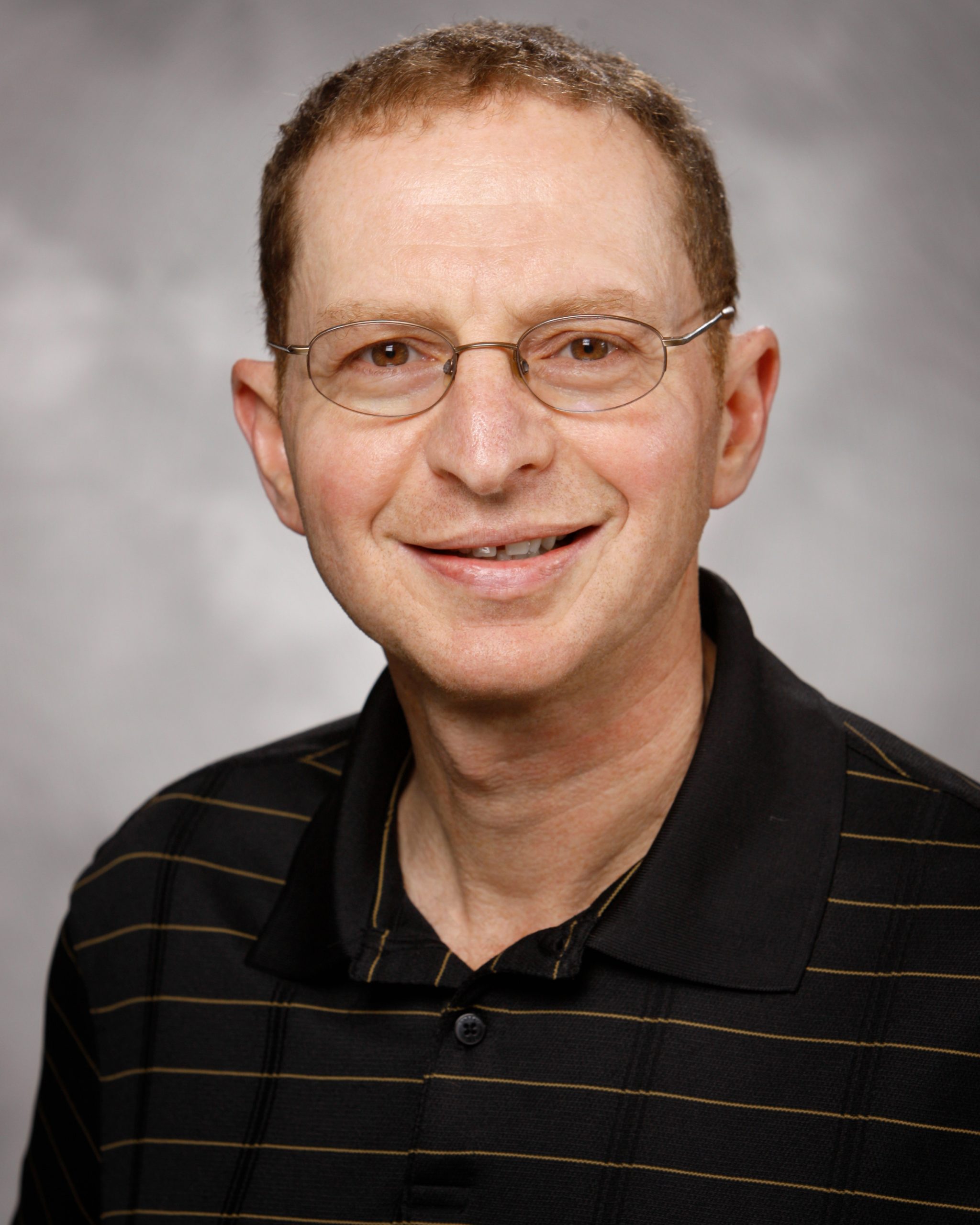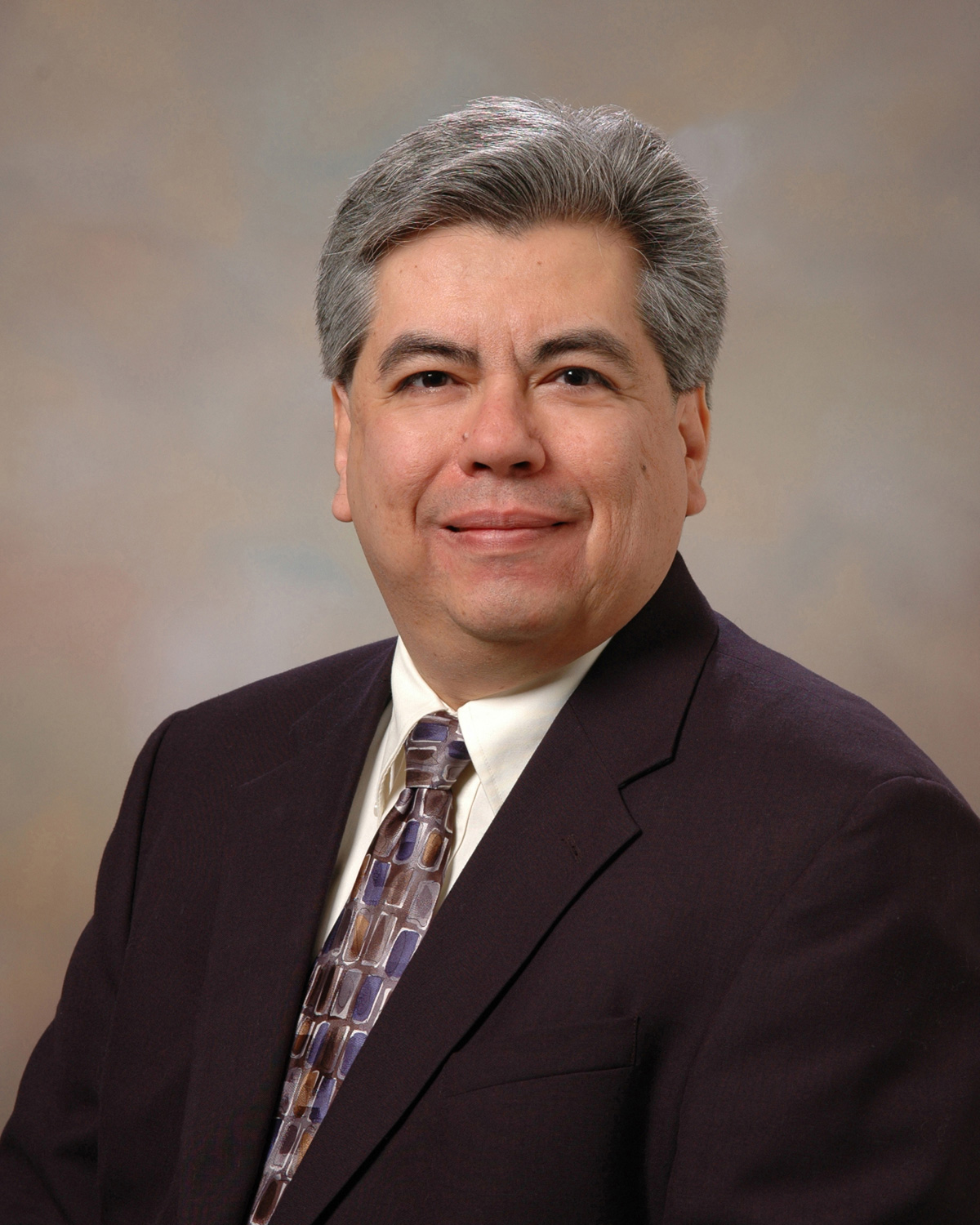
ALBUQUERQUE, N.M. — Sandia National Laboratories researchers Carlos Gutierrez, Alec Talin and Thomas Mattsson have been elected fellows of the American Physical Society. The honor is afforded each year to no more than one half of one percent of the members of the society.
Talin, from Sandia’s California site, was honored “for the discovery of new electronic transport phenomena, materials and devices,” according to a notice from the society.
Said Talin, “I have benefited tremendously from early investments by Sandia in the development of experimental tools and theoretical foundations for understanding charge transport in nanomaterials and nanodevices.”
His insights have been brought to bear on a variety of materials and systems, including semiconductor nanowires, metal-semiconductor contacts, solid electrode-electrolyte interfaces and metal-organic nanoporous frameworks.
He praised “collaborators who have made amazing contributions to my research,” and the support of his wife and family.

Gutierrez had prior experience as a National Research Council research associate at the Naval Research Laboratory in Washington, D.C., and as a physics professor at Texas State University, where he used advanced molecular beam epitaxy and ion beam sputtering techniques to fabricate novel layered magnetic materials to advance the understanding of magnetic interfaces and coupled magnetic phenomena at the nanoscale. His work contributed to early spintronic materials understanding, which manipulates electron spin relevant for electronics applications.
He came to Sandia in 2005 as a manager of interface sciences and, in 2012, was selected to manage Sandia’s nanoscale sciences department.
His career-long commitment to diversity has helped recruit underrepresented minorities into science, technology, engineering and math disciplines, and his mentoring leadership in science outreach activities to engage middle school students created programs that have been adopted nationally by Latinos in Science and Engineering (also known as MAES) university chapters. He has jointly authored or managed research contributions to magnetic, electronic, graphene, energy materials and surface physics, resulting in numerous joint activities with industry. Gutierrez says that “I remain active in Sandia’s Hispanic Outreach for Leadership and Awareness organization and the American Physical Society, and I have been elected as the vice chair for the society’s topical Group on Energy Research and Applications and as a member of the society’s Panel on Public Affairs”.

Mattsson was cited by the society “for contributions to the fundamental understanding of condensed matter at extreme temperatures and pressures through molecular dynamics and electronic structure simulations.”
In addition to contributing articles and invited talks about matter at extreme conditions, Mattsson has led a fundamental science program at Sandia’s Z machine — the most powerful generator of X-rays on Earth — since 2011.
Said Mattsson, “I am deeply honored for the recognition of my research in computational physics and very grateful to my collaborators over the years.”
The American Physical Society represents more than 50,000 physicists in academia, national laboratories and industry in the United States and throughout the world. Its fellowship program recognizes members who have made exceptional contributions to the physics enterprise, including outstanding physics research, important applications of physics, leadership in or service to physics or significant contributions to physics education.